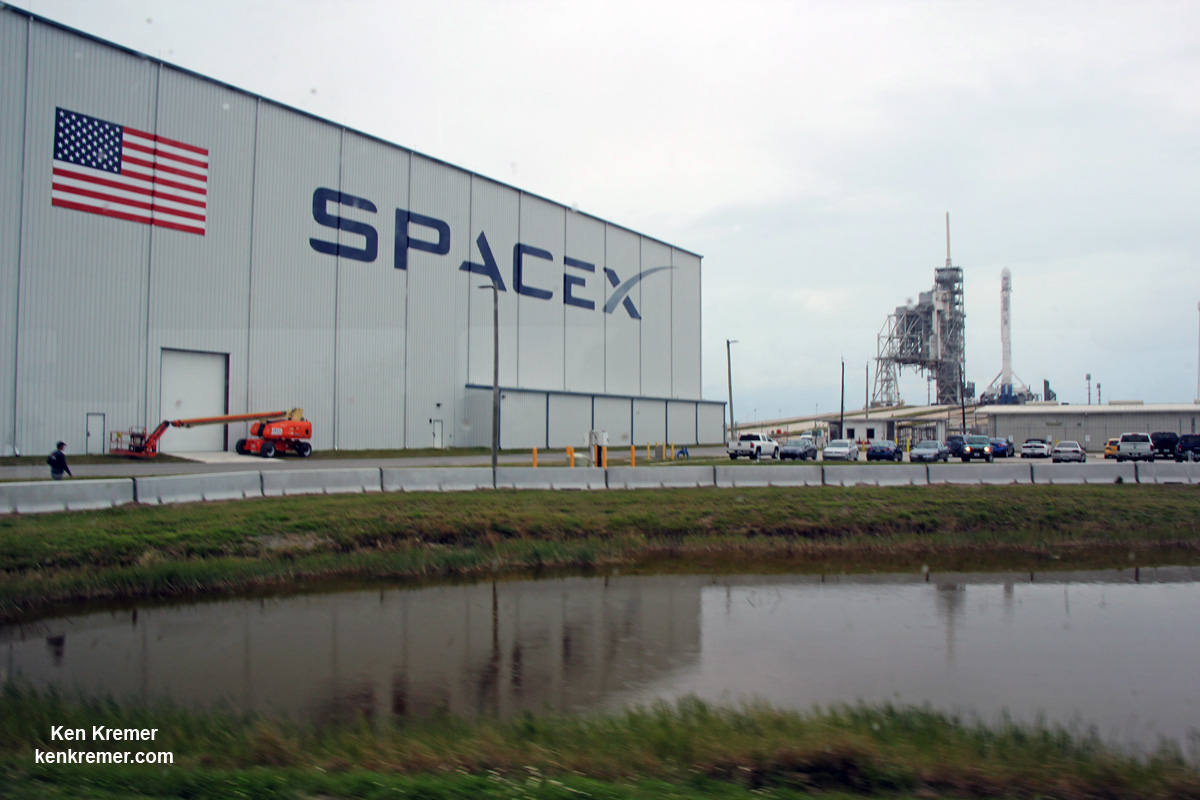
KENNEDY SPACE CENTER, FL - It's March Madness for Space fans worldwide! A triple header of space spectaculars starts overnight with a SpaceX Falcon 9 launching in the wee hours of Tuesday, March 14 from the Florida Space Coast.
Continue reading
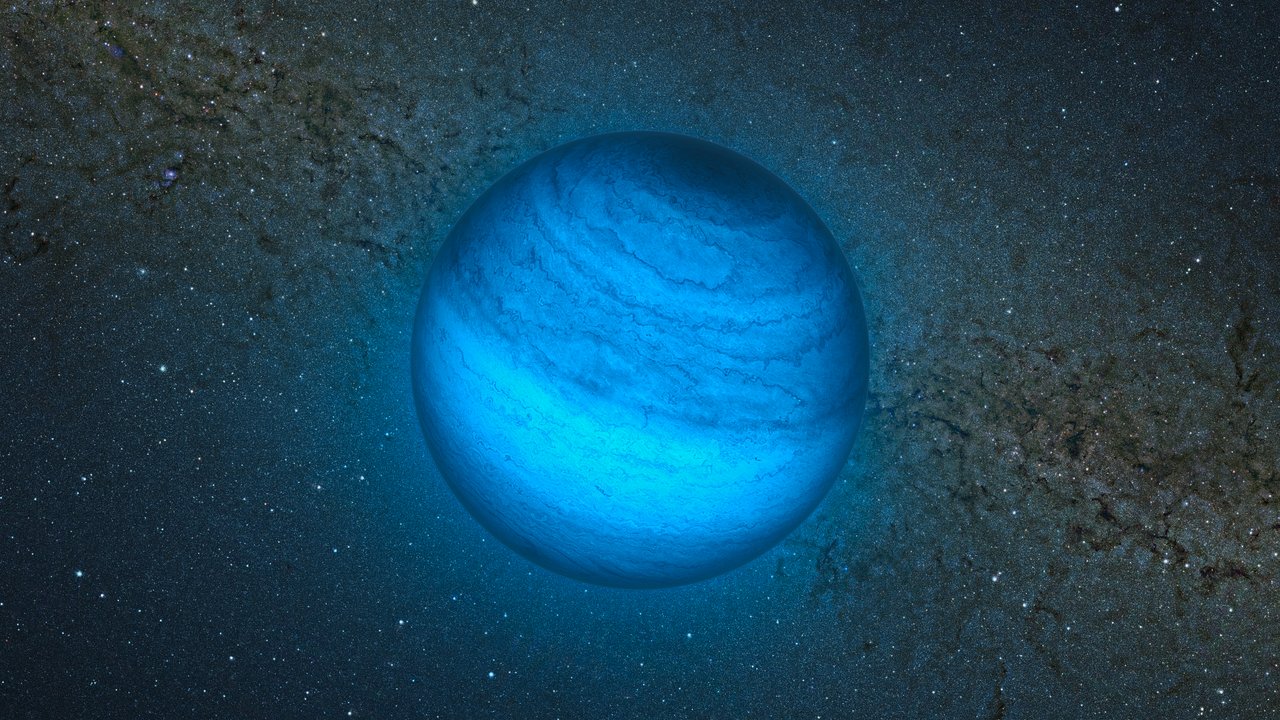
After examining the strange object known as CFBDSIR 2149-0403, a team has determined that it is either a solitary planetary-mass object or a high-metallicity brown dwarf.
Continue reading
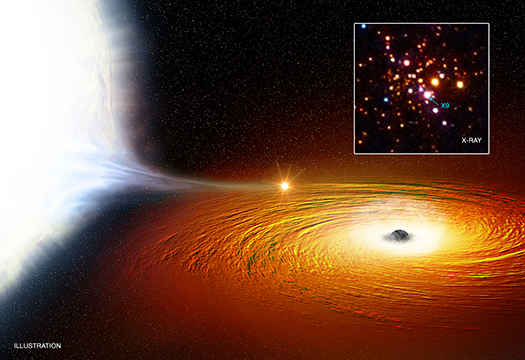
Continue reading
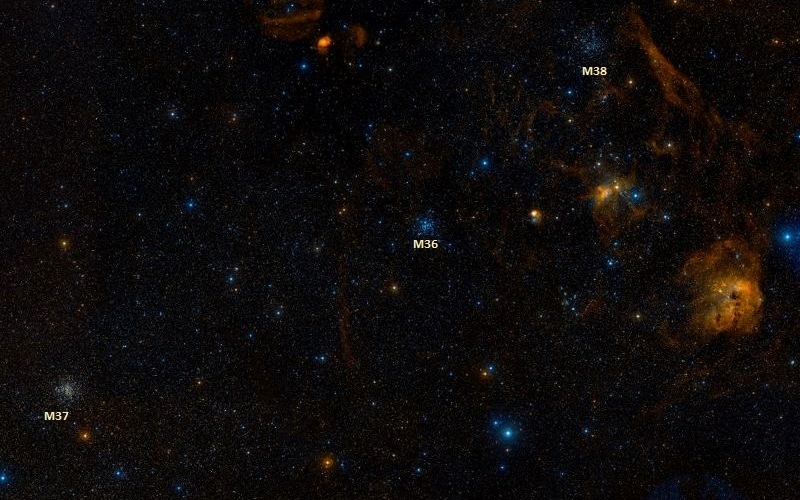
Located in the Auriga constellation, roughly 4500 light years from Earth, is the open star cluster known as Messier 37.
Continue reading
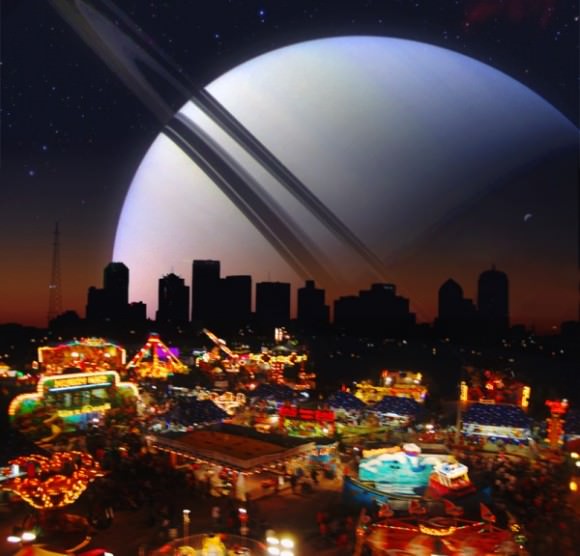
Continue reading
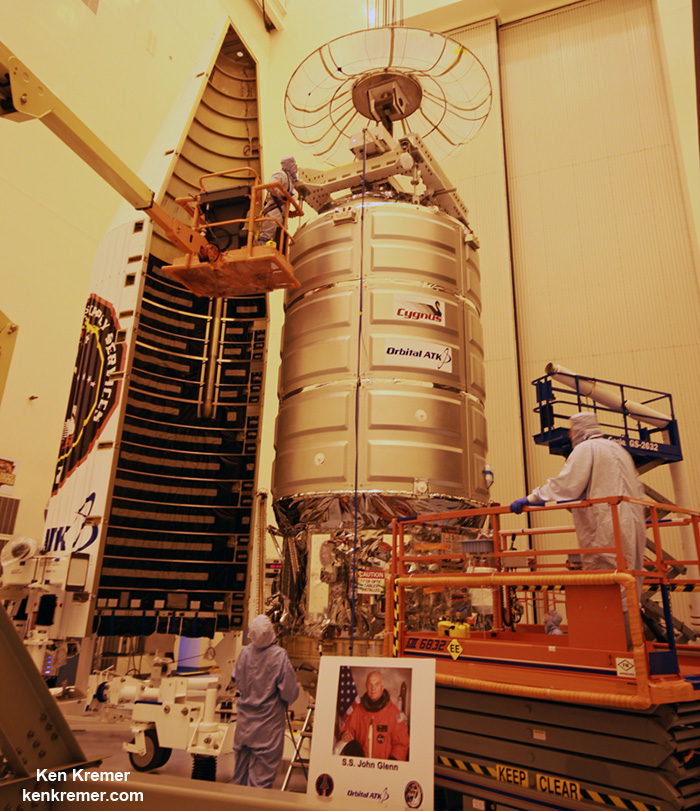
Continue reading
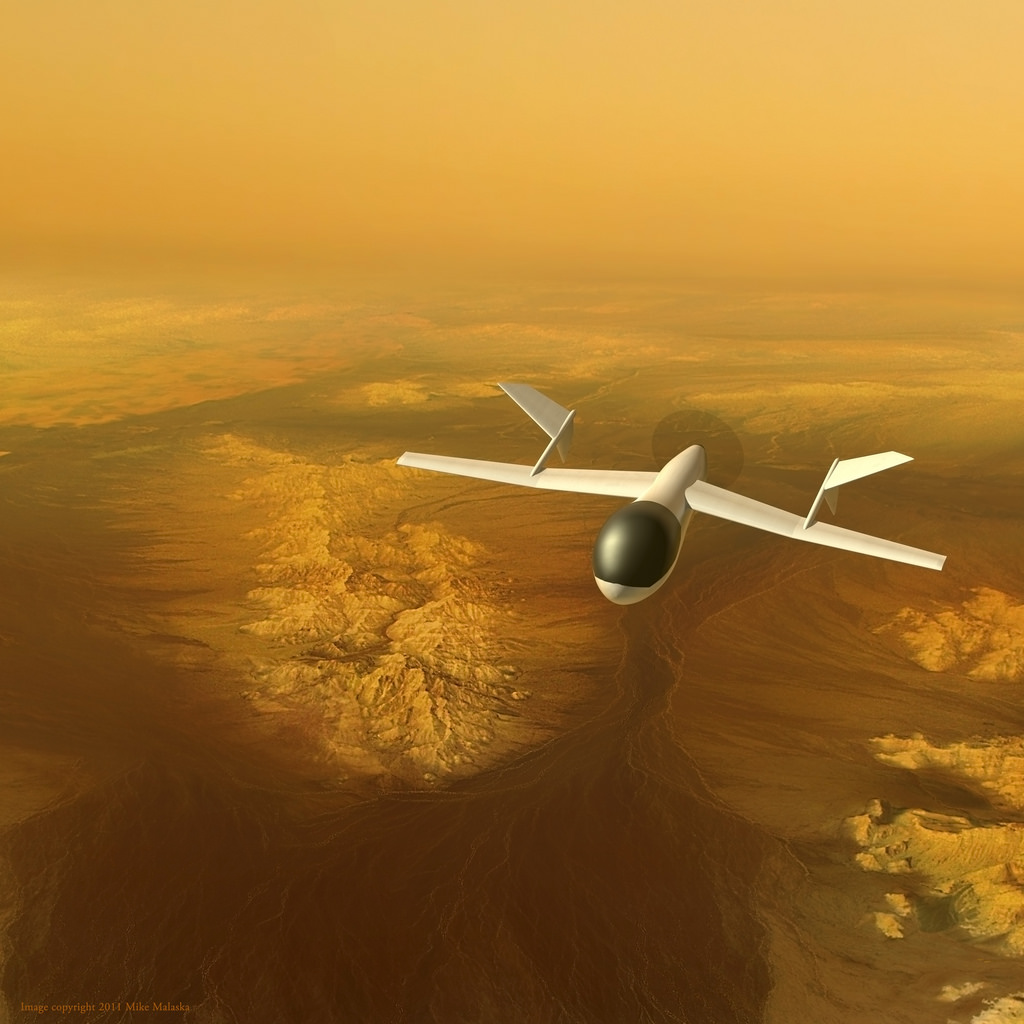
At NASA's Planetary Science Vision 2050 Workshop, presenters showed various concepts for exploring Saturn's moon Titan with aerial platforms.
Continue reading

See Saturn's "UFO moon" like you've never seen it before.
Continue reading

Venus doesn't attract as much attention as other worlds in our Solar System and beyond. But maybe it should.
Continue reading

Continue reading
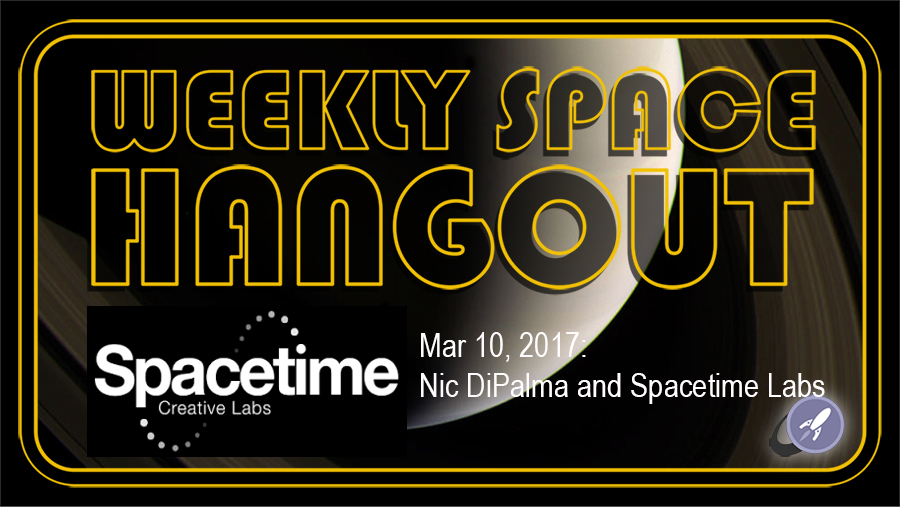
Continue reading

Miss out on Comet 45/P Honda-Mrkos-Padadušáková last month? We'll admit, it was fairly underwhelming in binoculars... but fear not, there's several other binocular comets in the pipeline for 2017.
Continue reading
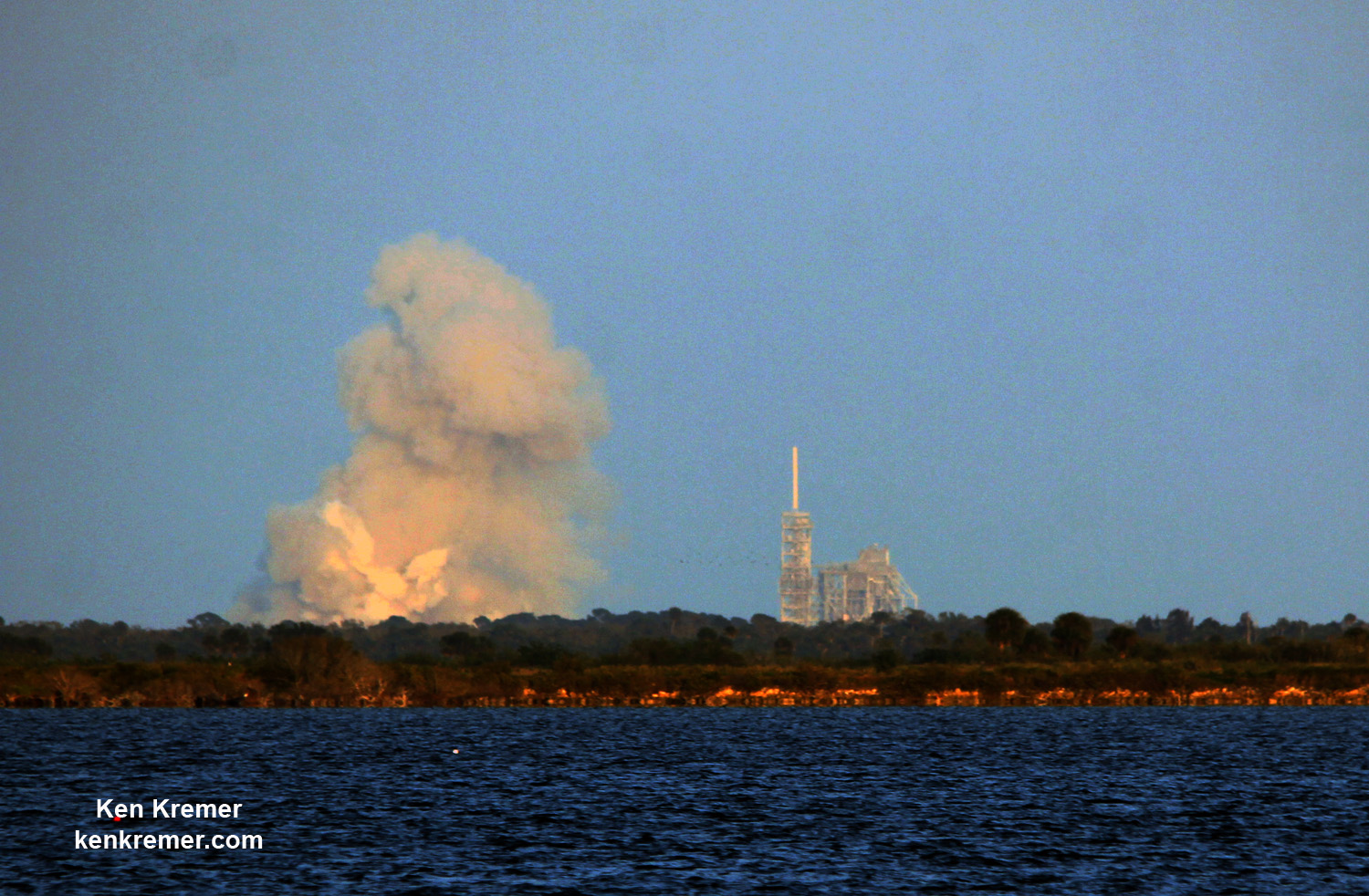
SPACE VIEW PARK/KENNEDY SPACE CENTER, FL - After a pair of back to back postponements presumably due to technical gremlins, the third time proved to be the charm at last as SpaceX engineers carried out a successful engine test of the Falcon 9 first stage this evening (Mar. 9) atop historic pad 39 at the Kennedy Space Center in Florida.
Continue reading
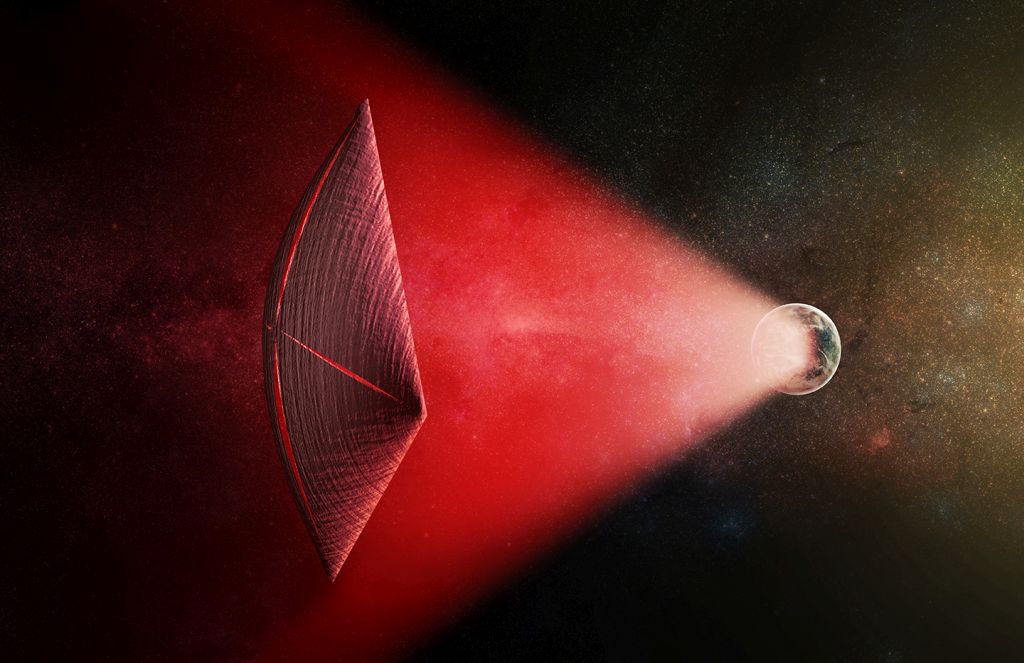
Could Fast Radio Bursts from distant sources be artifacts of an alien propulsion system?
Continue reading
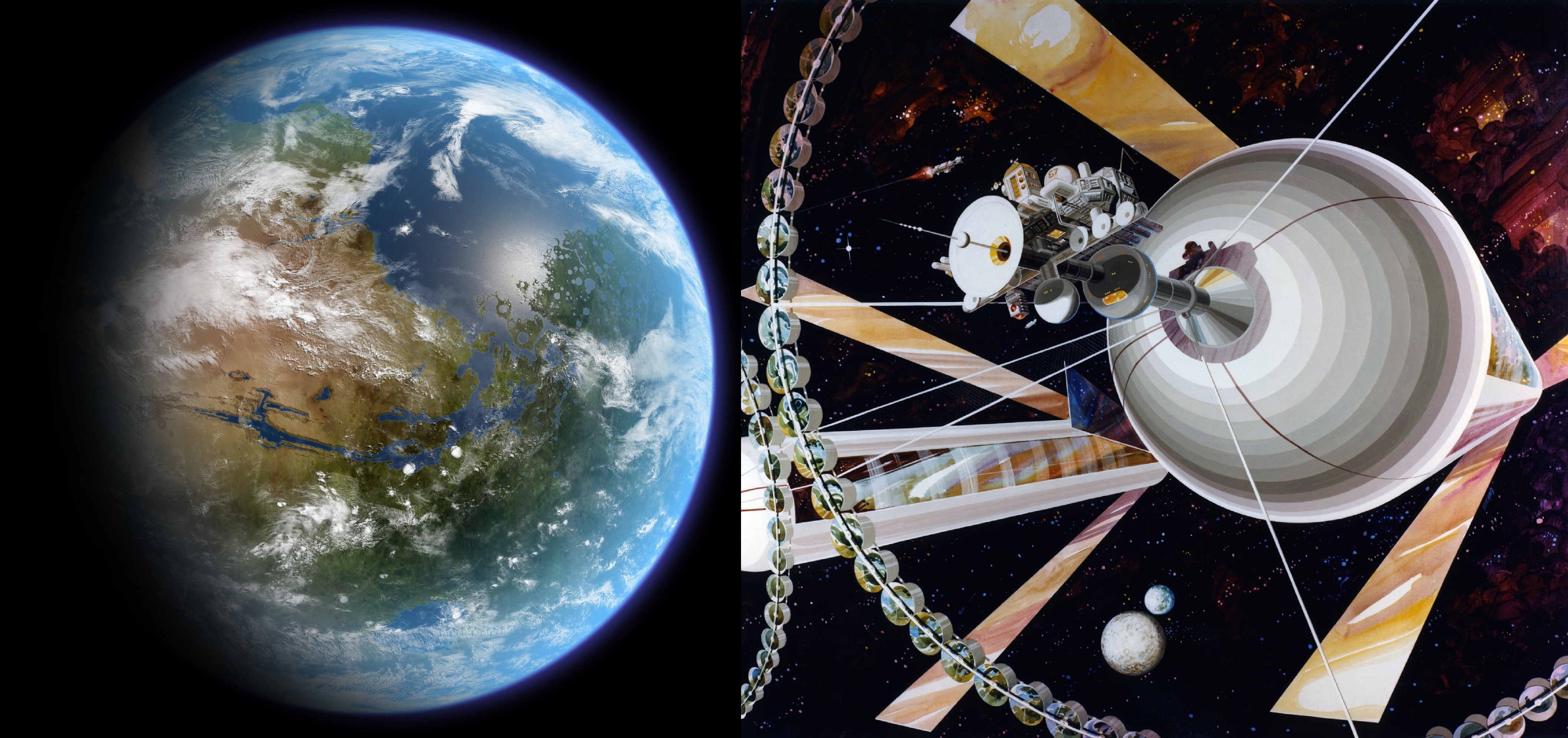
At NASA's Planetary Science Vision 2050 Workshop, which took place last week, some interesting concepts for terraforming Mars and space habitats were presented.
Continue reading
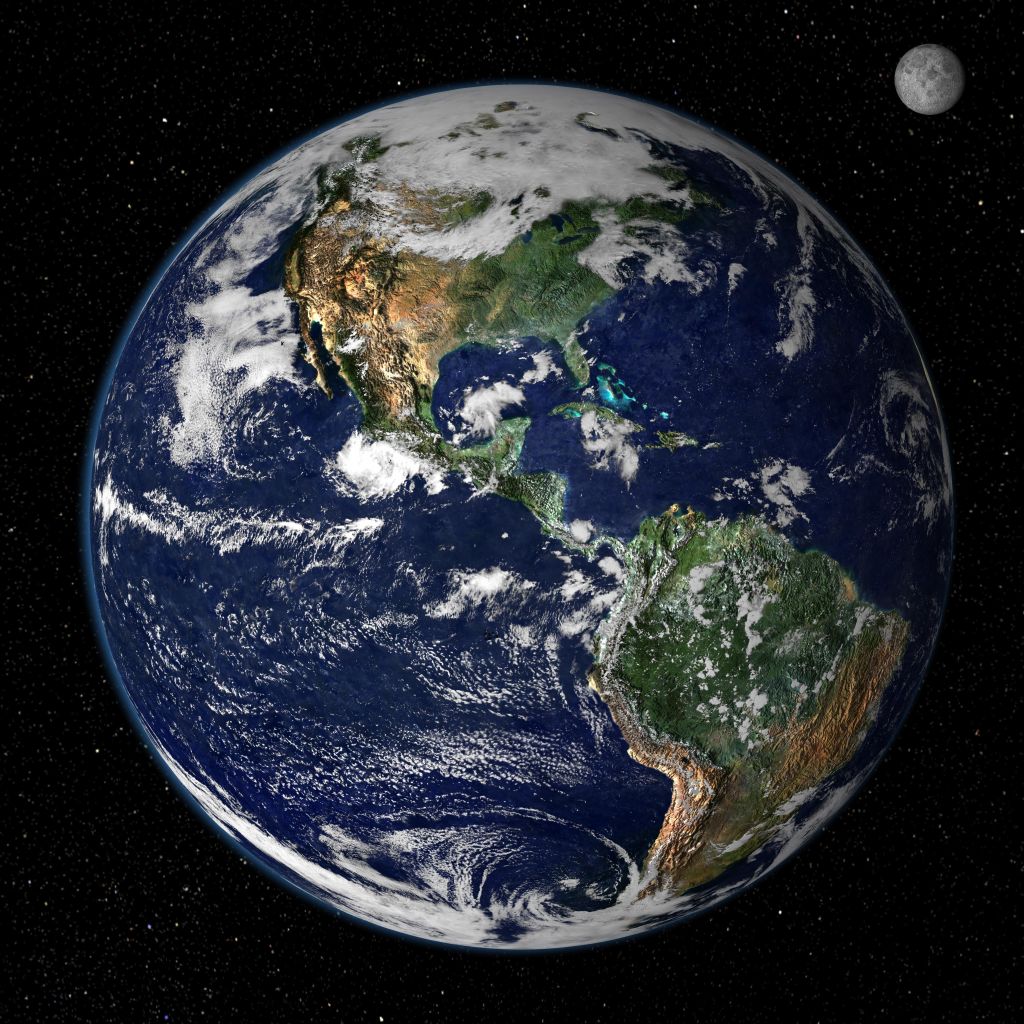
Minds at NASA are cooking up a new approach to finding life on other worlds.
Continue reading
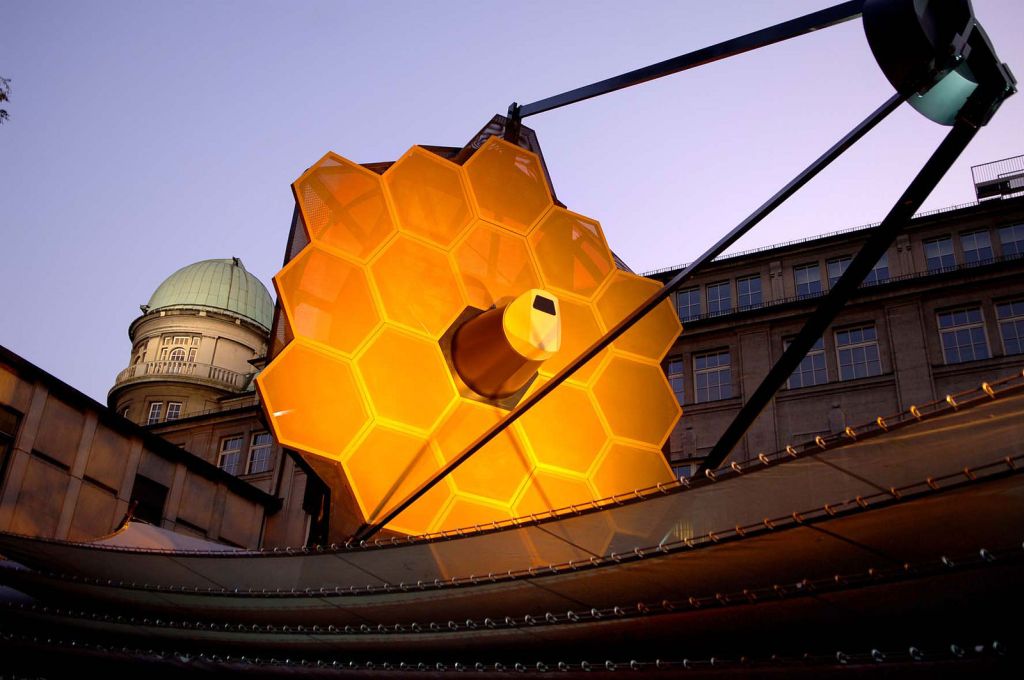
The eagerly anticipated James Webb Space Telescope will be the first of the Super Telescopes to start work.
Continue reading

PORT CANAVERAL - Bit by bit, piece by piece, the first of NASA's SLS megarockets designed to propel American astronauts on deep space missions back to the Moon and beyond to Mars is at last coming together on the Florida Space Coast. And the first big integrated piece of actual flight hardware - the powerful second stage named the Interim Cryogenic Propulsion Stage (ICPS) - has just arrived by way of barge today (Mar. 7) at Port Canaveral, Fl.
Continue reading

In just a few months, NASA's Cassini spacecraft is going to die, crashing into the planet Saturn. Let's look back across the mission's history. What were the highlights? What did we learn?
Continue reading
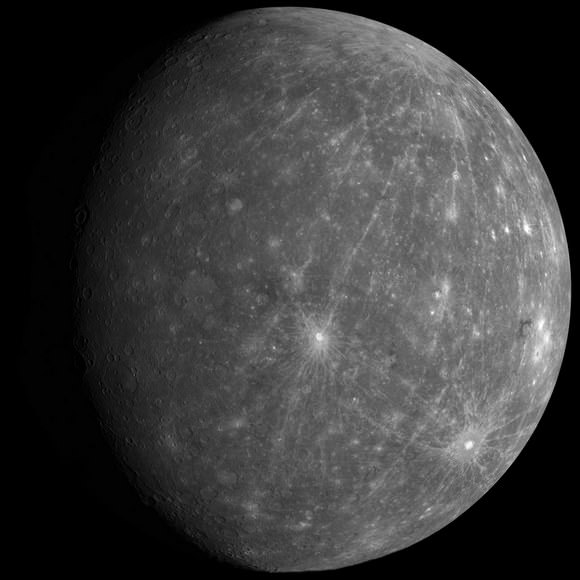
Due to its rapid orbital period and slow rotation, a day on Mercury lasts 176 days, which is twice as long as a year on that planet!
Continue reading
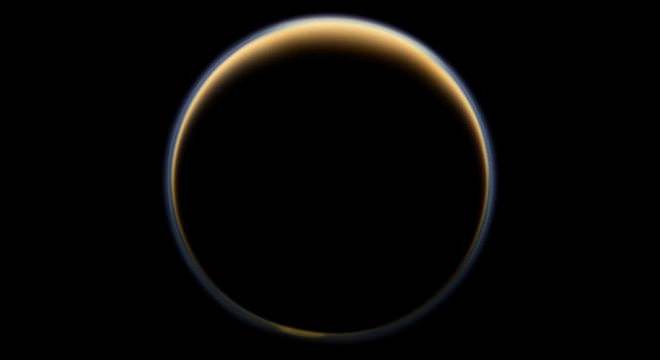
At last week's Planetary Science Vision 2050 Workshop, scientists presented a concept for exploring Titan with balloons and landers.
Continue reading
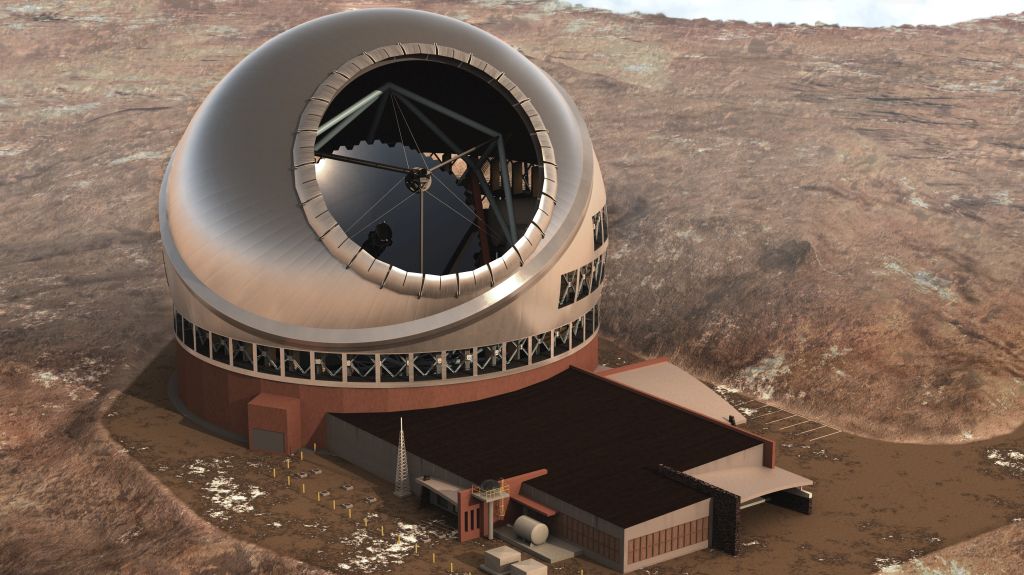
Super Telescopes are designed around enormous primary mirrors to gather light from the most distant objects. The Thirty Meter Telescope is no exception.
Continue reading

The latest image captured by the Mars Express has revealed evidence of a massive flood which took place in the Kasei Valles region over three billion years ago.
Continue reading
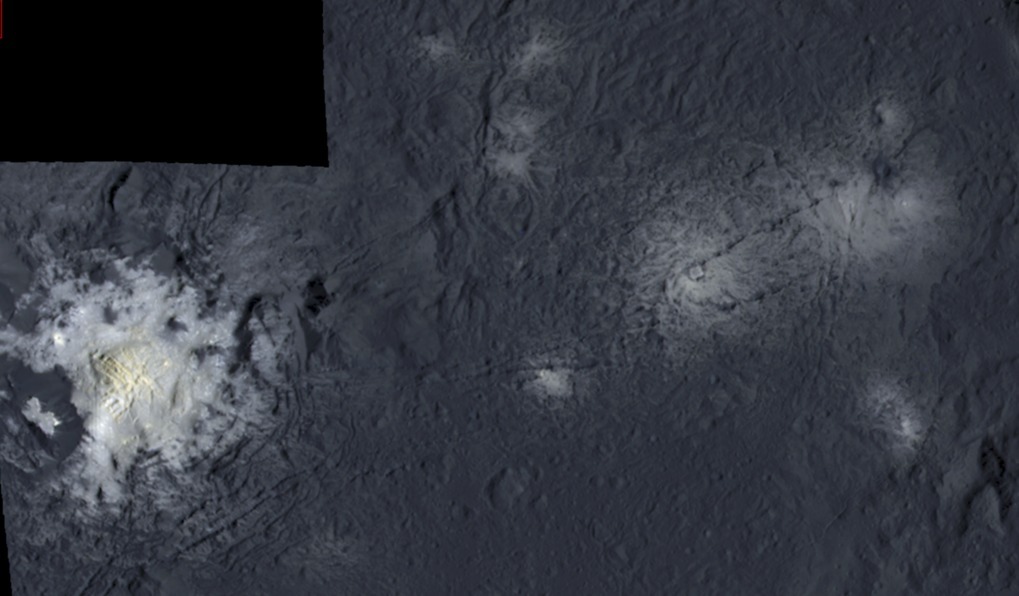
Continue reading
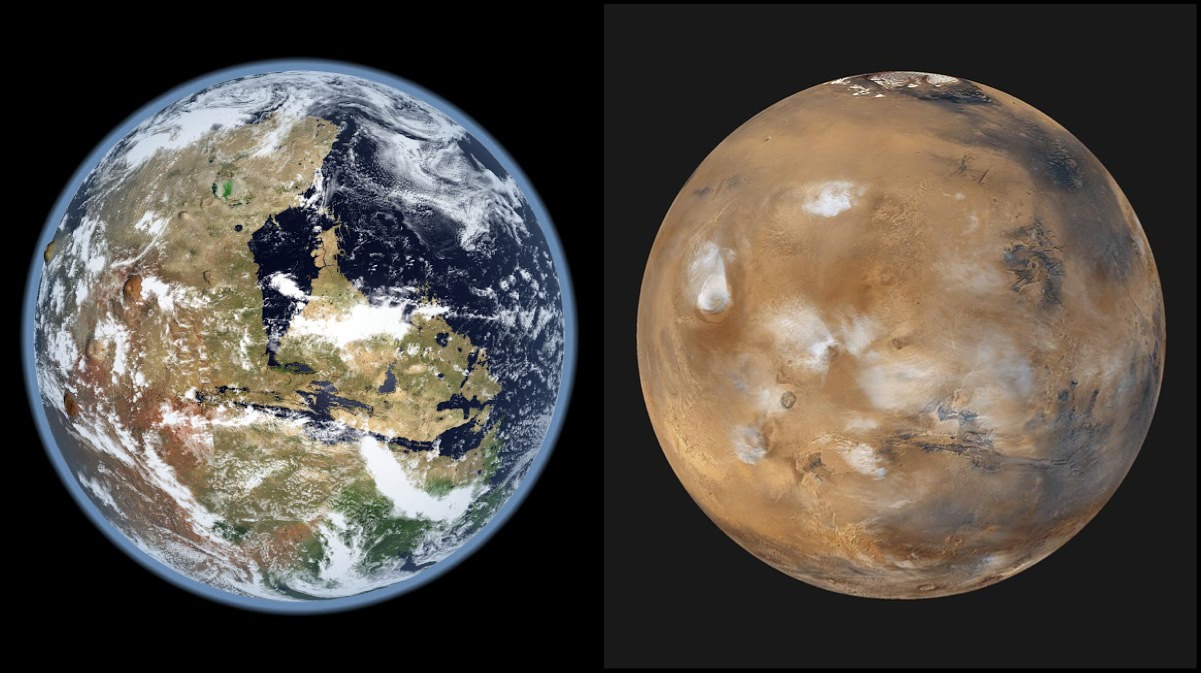
A new experiment conducted by an international team researchers has shown that Martian meteorites may have lost their water, indicating that Mars was wetter in the past than previously thought.
Continue reading
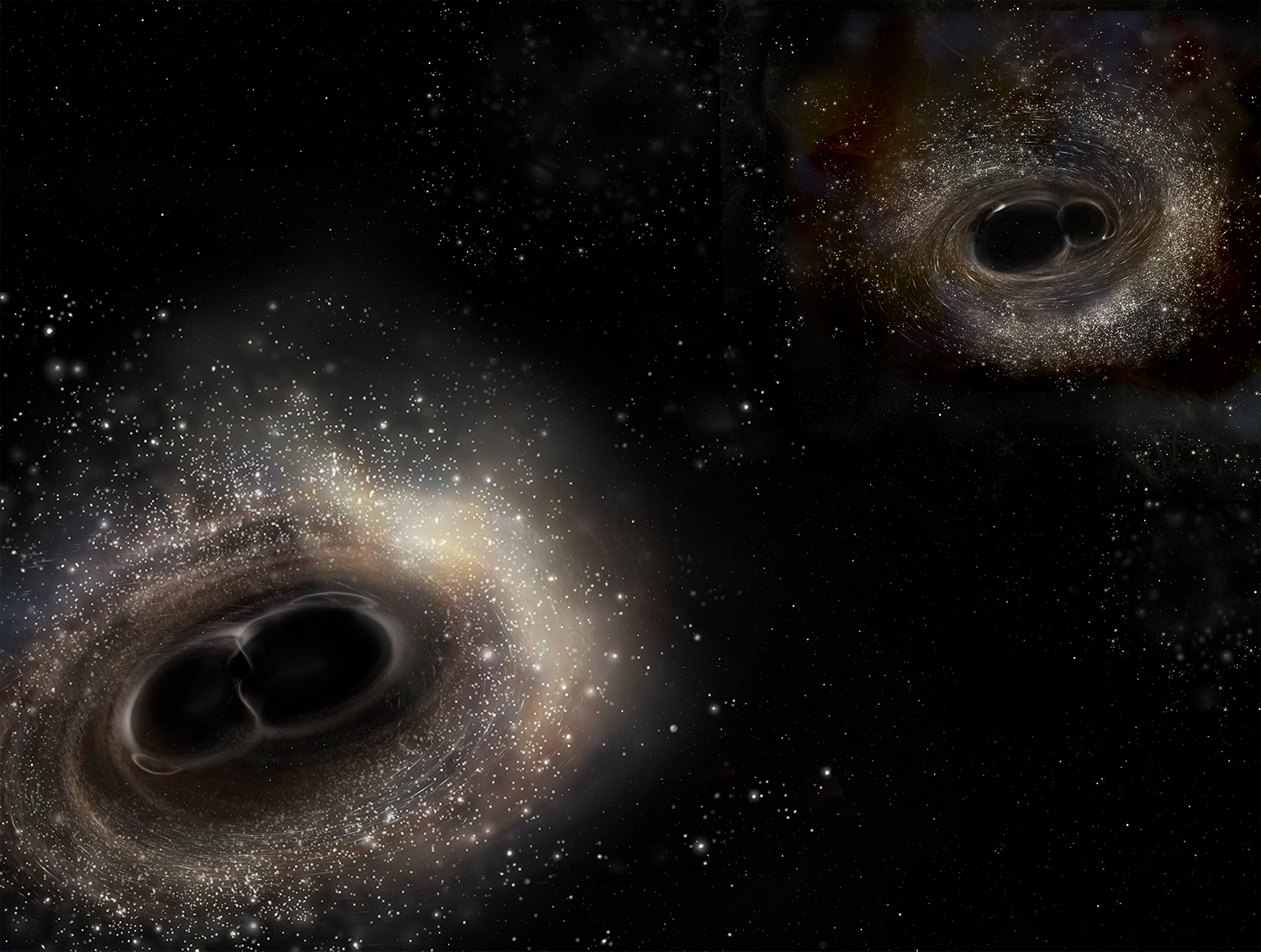
Could Primordial Black Holes be what the Universe's dark matter is made of?
Continue reading

Continue reading

Located in the Auriga Constellation, roughly 4000 light years from Earth, is the open star cluster known as Messier 36 (aka. the Pinwheel Cluster)
Continue reading

At the Planetary Science Vision 2050 Workshop this week, NASA made a series of presentations outlining plants to explore Europa and other places in the Solar System where life could exist.
Continue reading
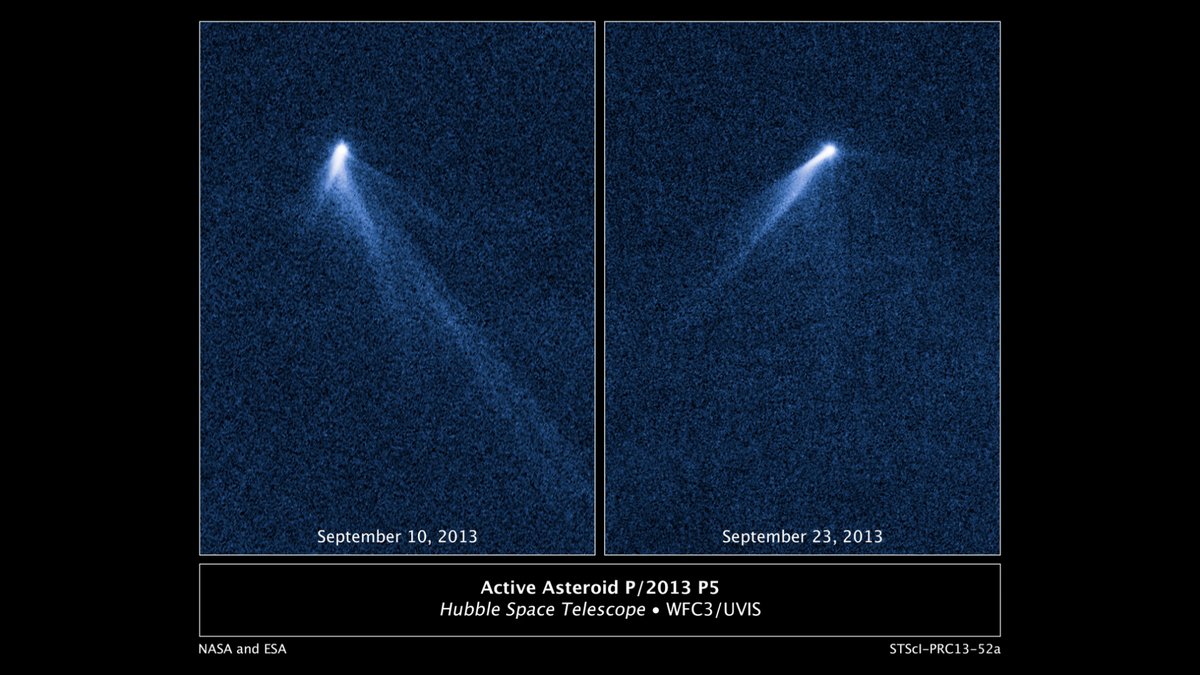
Analysis by a team of international researchers has found an asteroid pair has formed tails after they split, making them more like comets than asteroids.
Continue reading
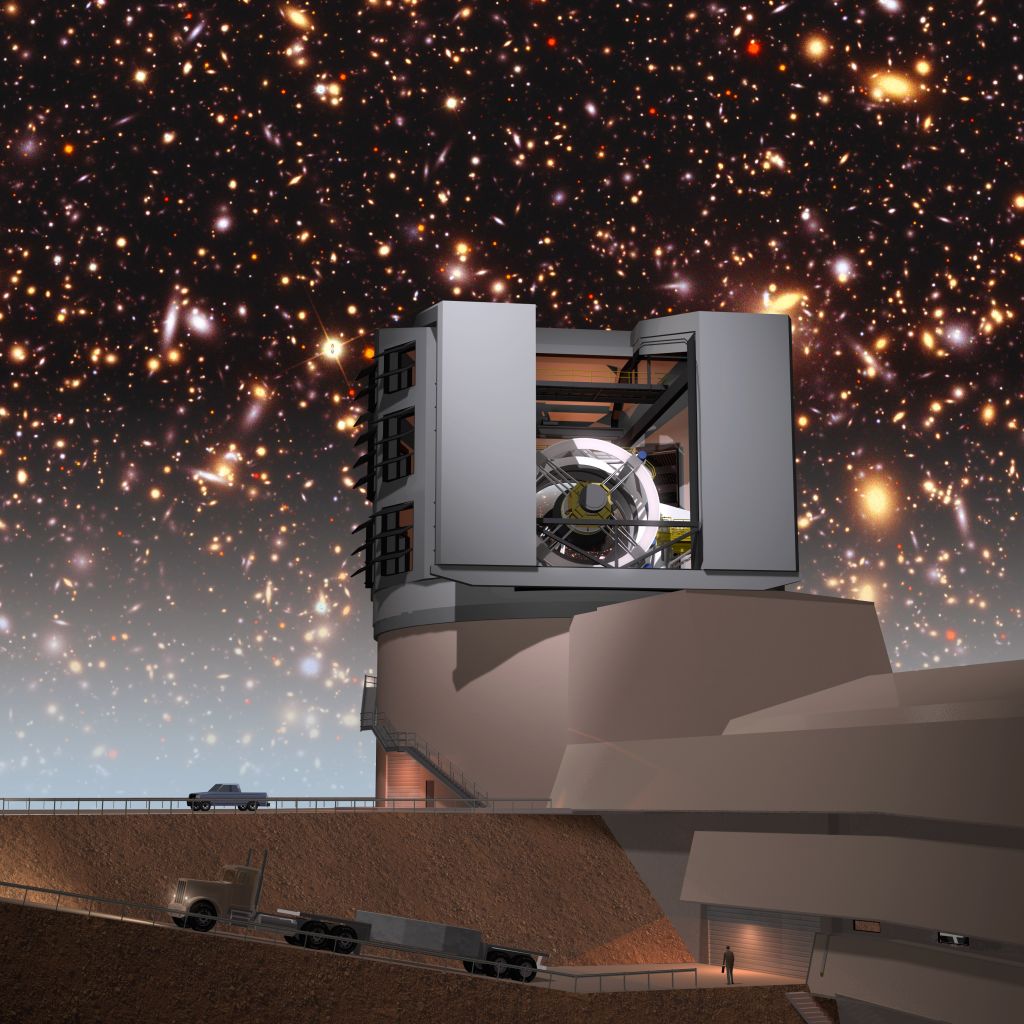
The Large Synoptic Survey Telescope is different than the other Super Telescopes. It has its own agenda.
Continue reading

Continue reading

Ever watch the Moon cover up a star? There's a great chance to see just such an event this coming weekend, when the waxing gibbous Moon occults (passes in front of) the bright star Aldebaran for much of North America.
Continue reading

Tis a season of incredible wind driven activity on Mars like few before witnessed by our human emissaries ! Its summer on the Red Planet and the talented scientists directing NASA's Curiosity rover have targeted the robots cameras so proficiently that they have efficiently spotted a multitude of 'Dust Devils' racing across the dunes fields of Gale Crater.
Continue reading
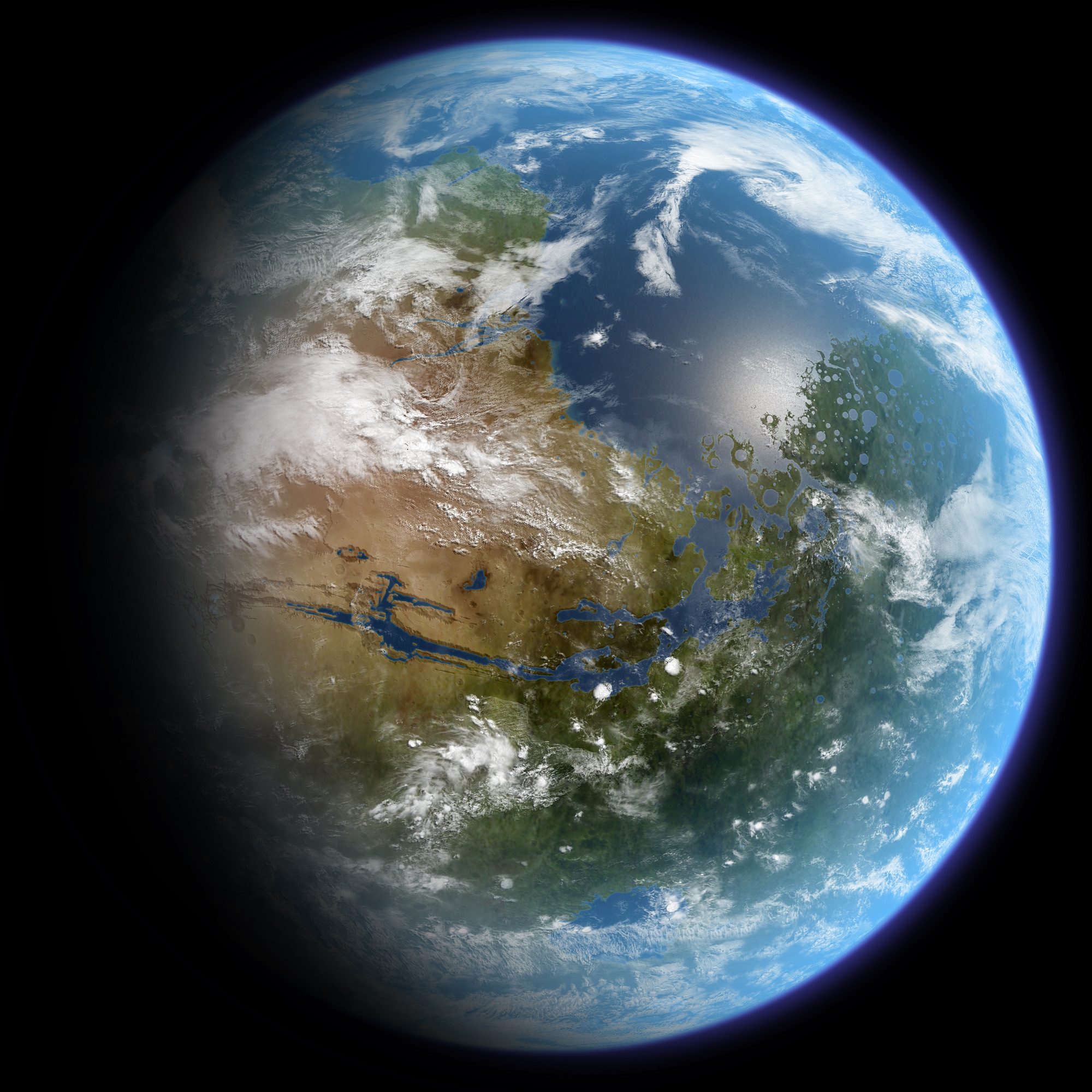
At the recent Planetary Science Vision 2050 Workshop, Director Jim Green and a panel of scientists proposed deploying a magnetic shield to protect Mars.
Continue reading
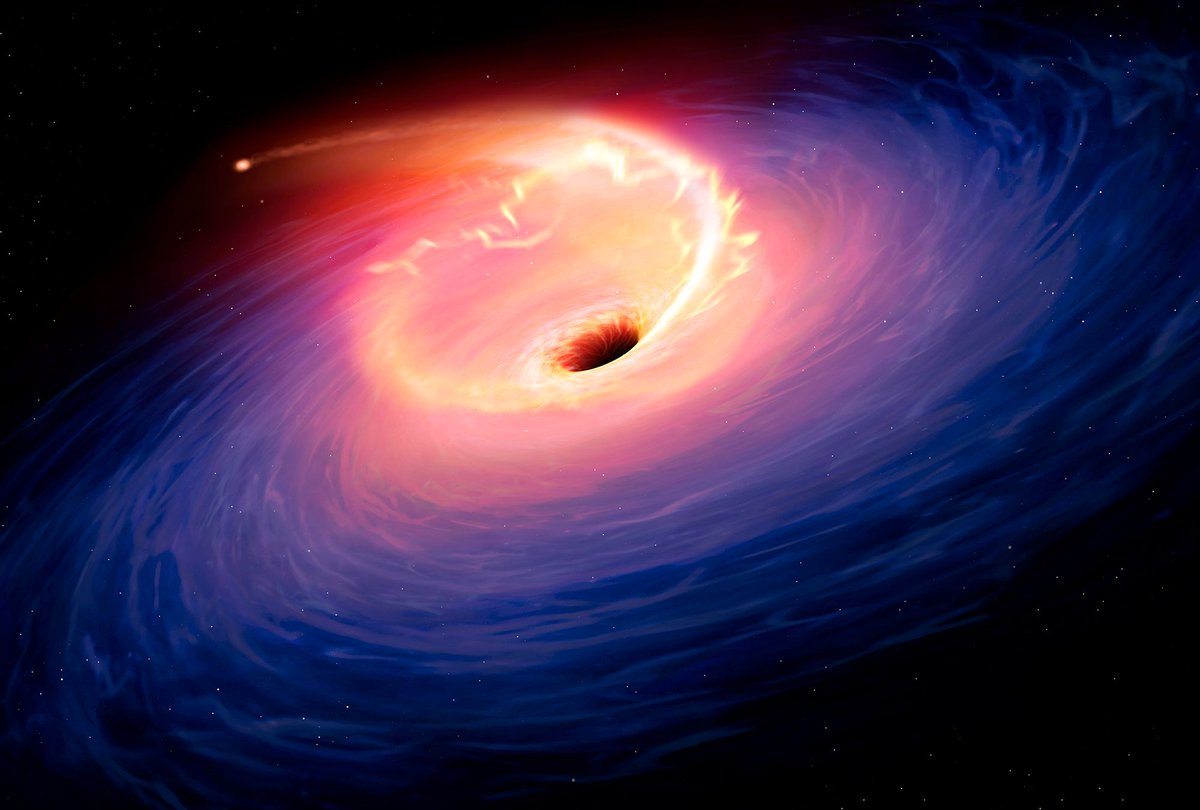
A study by a team of scientists at the University of Sheffield suggests that stars being ripped apart due to galactic collisions might be 100 times more common than previously thought.
Continue reading

Continue reading
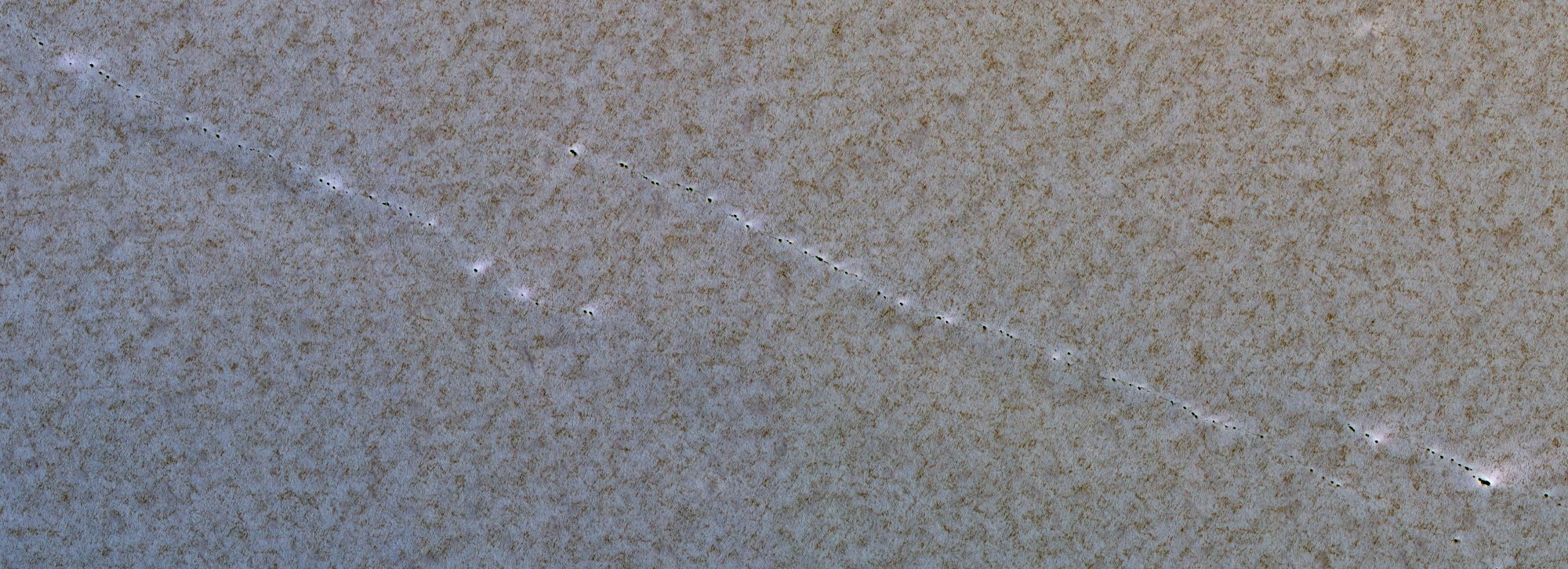
Mars' northern polar region is home to long lines of small pits, hinting at the presence of some dynamic process in the ice cap.
Continue reading
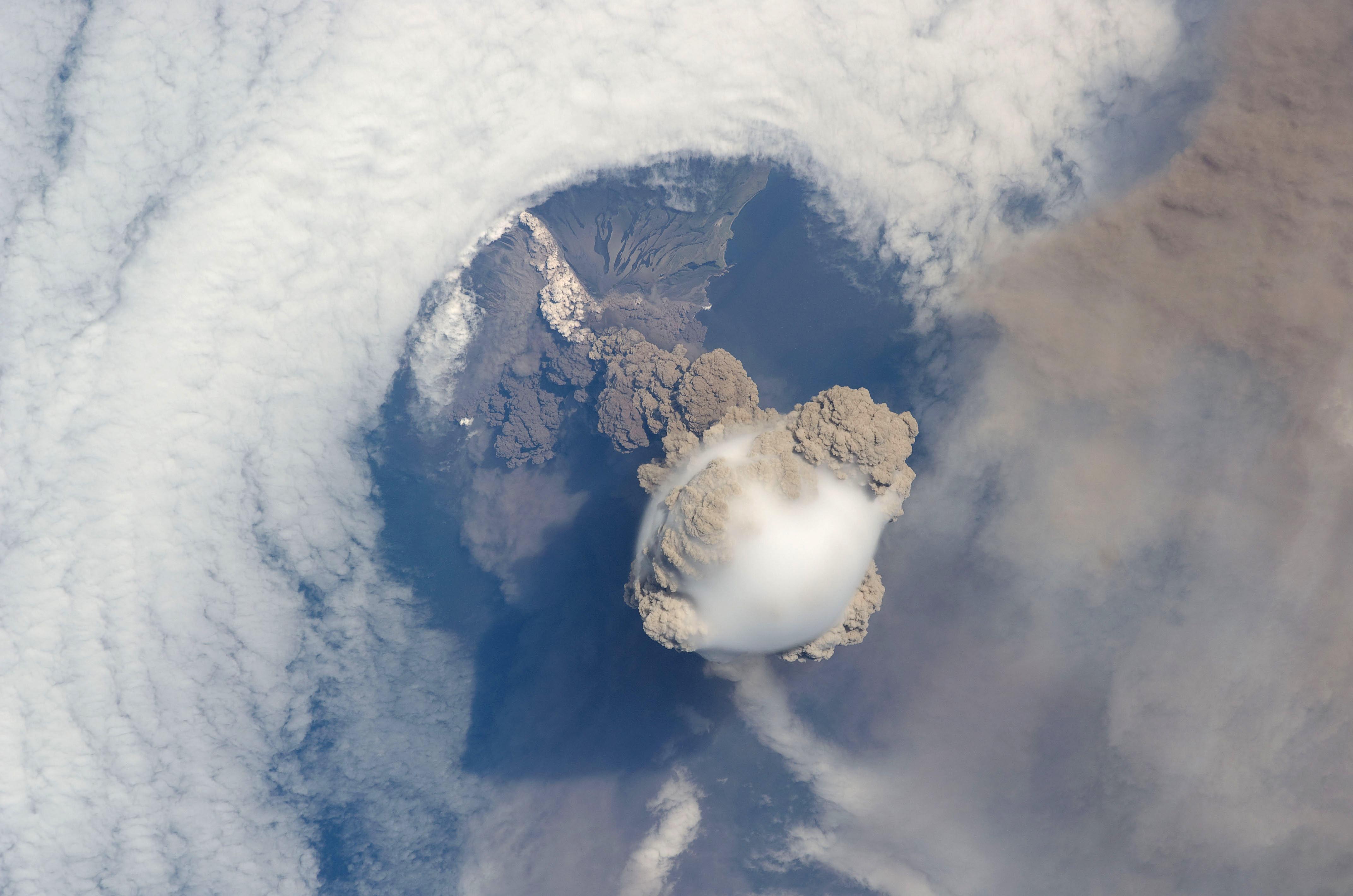
A new study by a team of astronomers from the Carl Sagan Institute at Cornell University indicates that habitable zones may be bigger than previously thought.
Continue reading

Continue reading
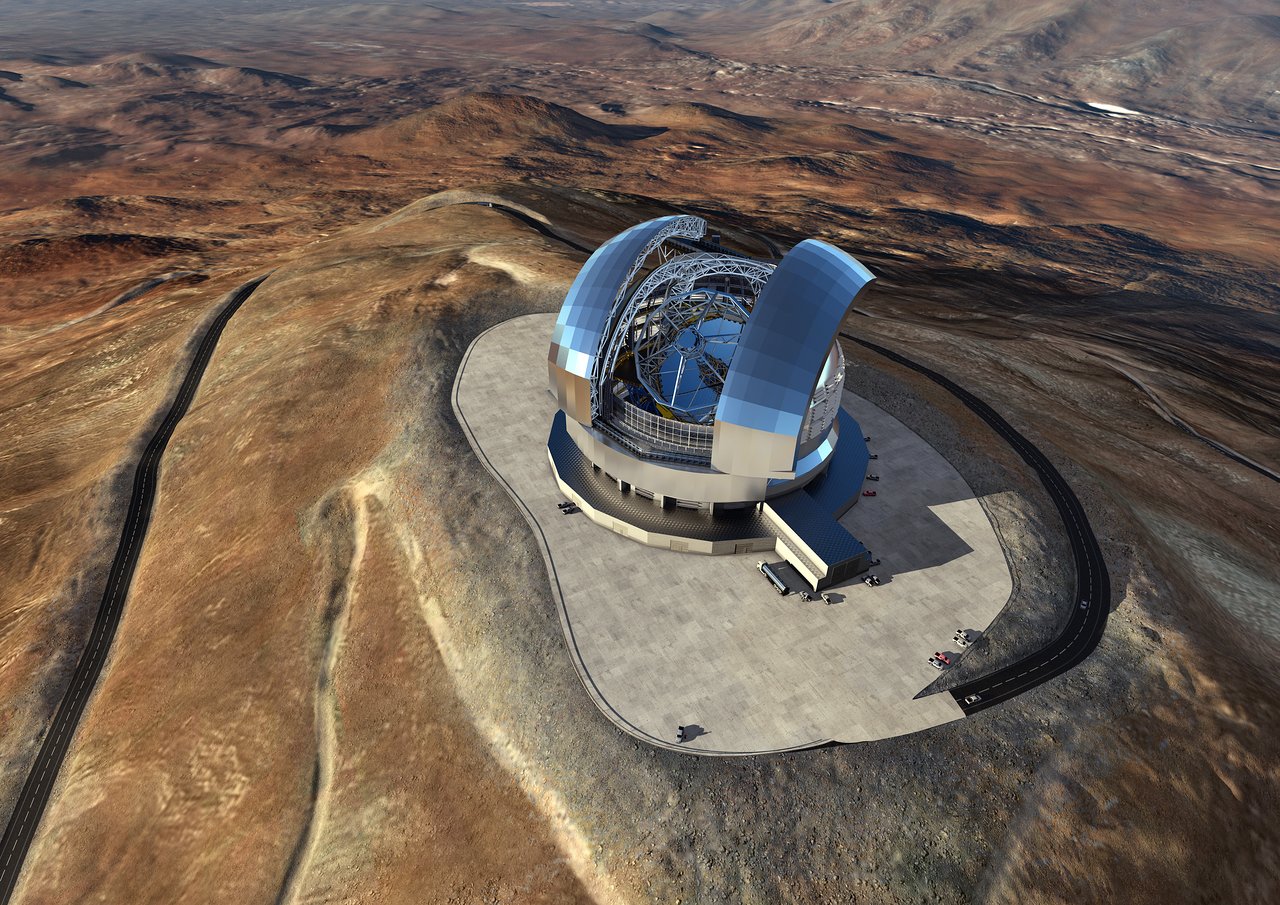
Once the E-ELT is completed in 2014, it will be the largest optical/infrared observatory in the world.
Continue reading
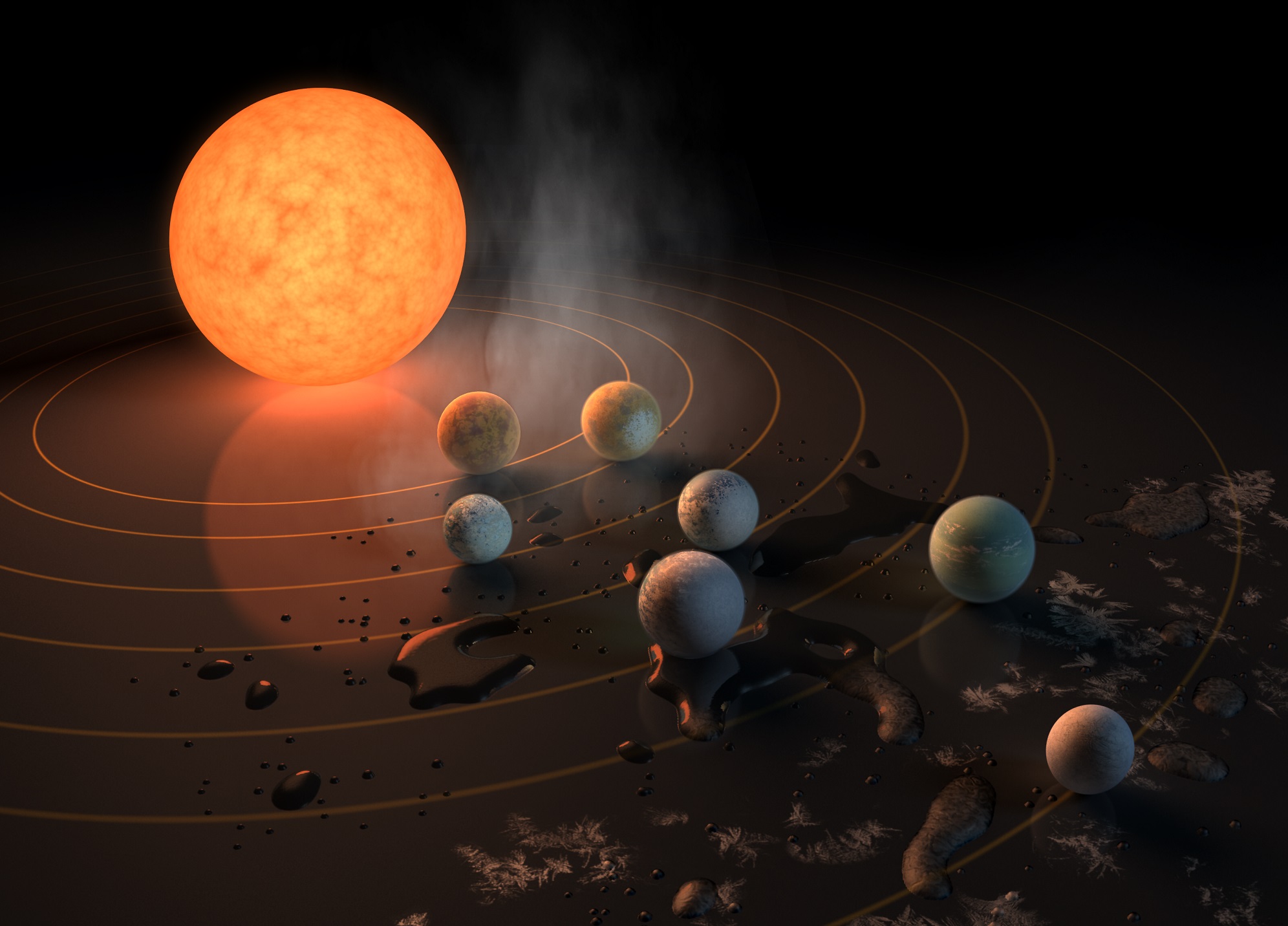
The TRAPPIST 7 have some explaining to do. Are they really Earth-like and potentially habitable?
Continue reading
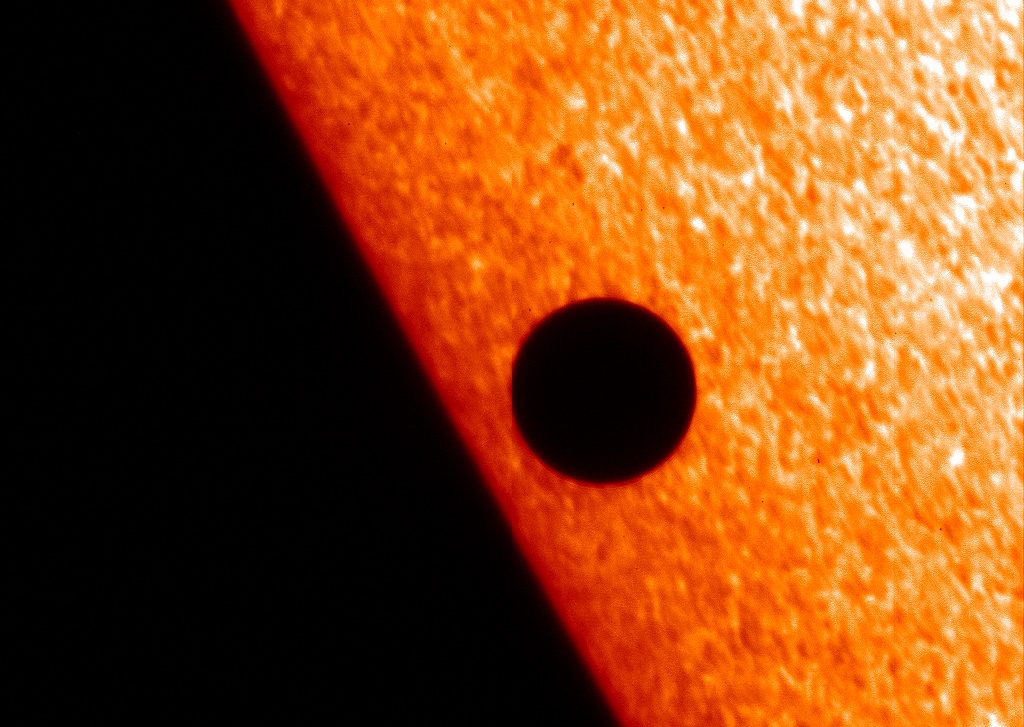
As the closest (and most eccentric) planet to our Sun, Mercury's distance ranges from 46 million km (28.58 million mi) at perihelion to 57.9 million km (35.98 million mi) at aphelion.
Continue reading

Sam Monfort, a Doctoral Candidate at George Mason University, has created a series of visuals that illustrate the trends in UFO reporting.
Continue reading
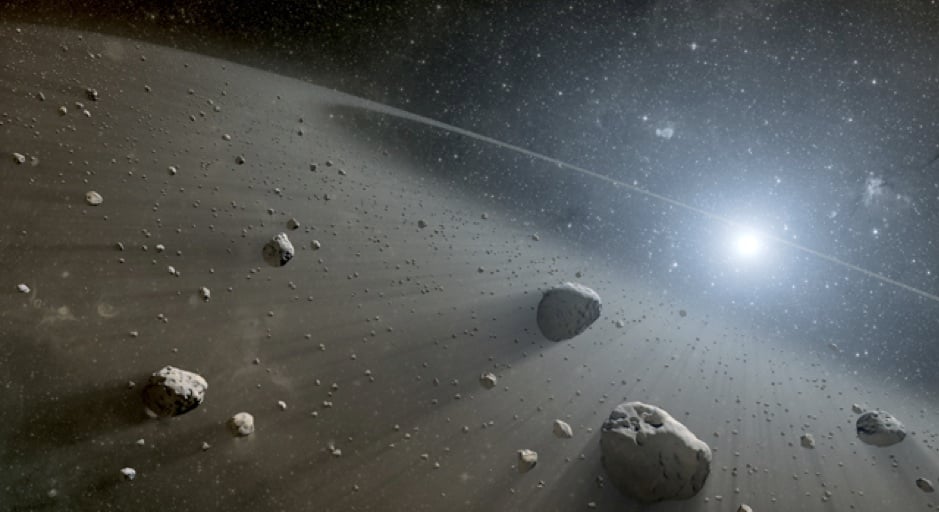
A new study by an international team of scientists may be the "missing link" in our understanding of how planets form from debris disks.
Continue reading

Continue reading
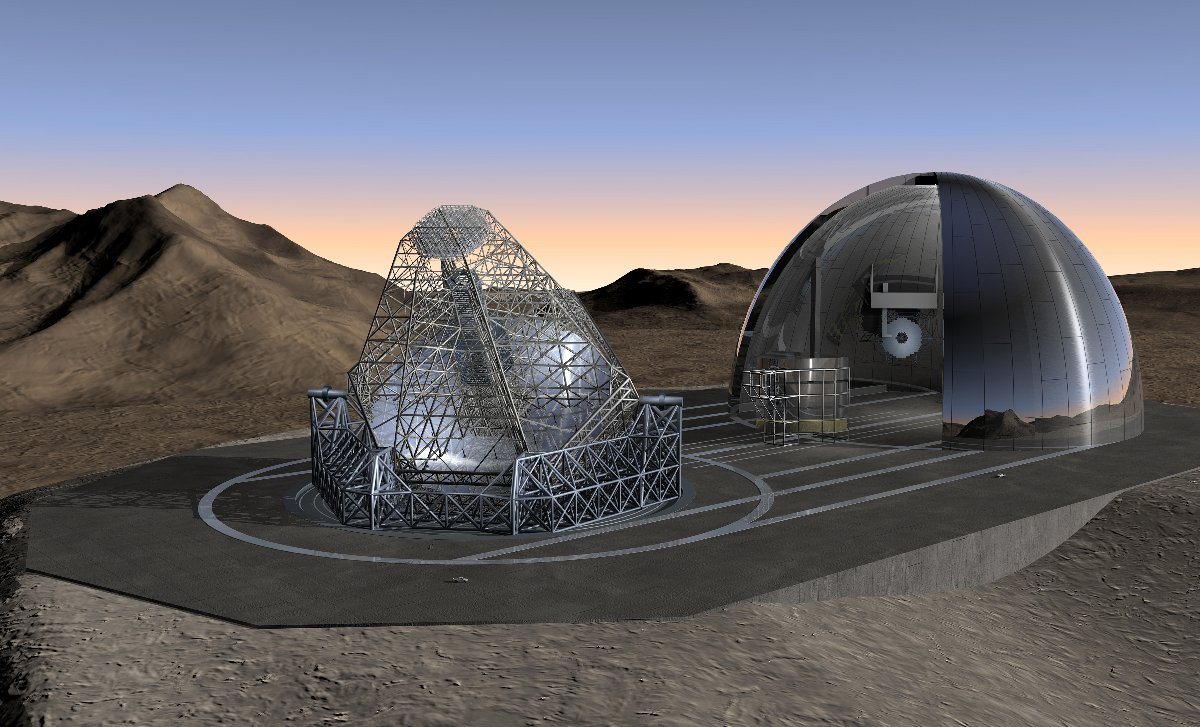
The Overwhelmingly Large Telescope is an 'almost telescope' that never got built. But the design and thinking behind it have helped shaped the future.
Continue reading
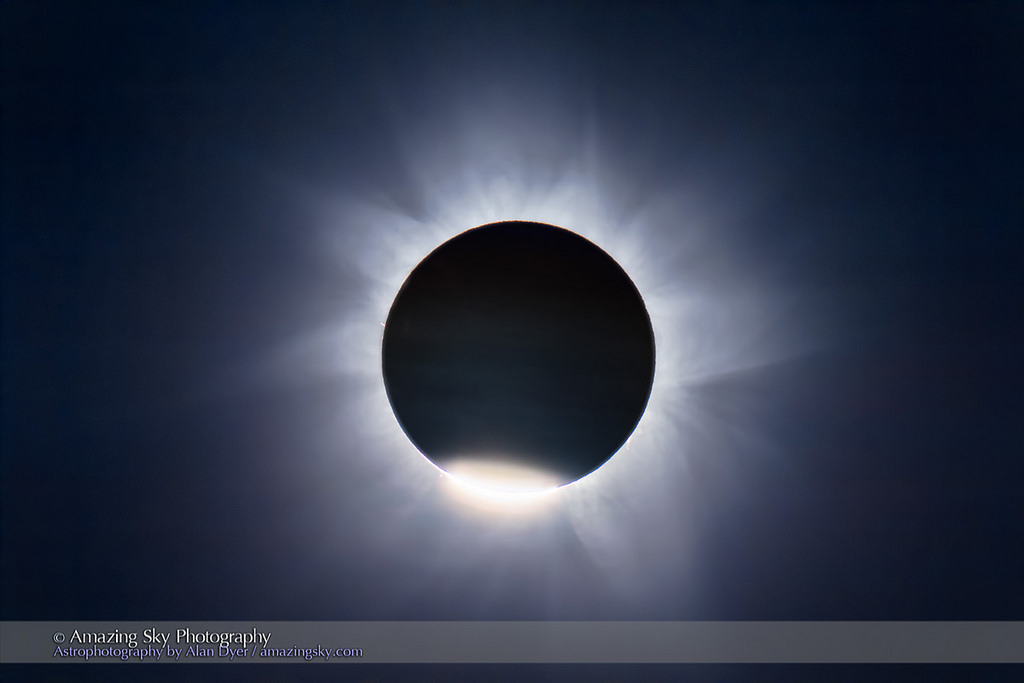
Ready for the "Great American Eclipse?" We're now less than six months out from the long-anticipated total solar eclipse spanning the contiguous United States from coast-to-coast. And while folks are scrambling to make last minute plans to stand in the path of totality on Monday, August 21st 2017 a unique project seeks seeks to document the view across the entire path.
Continue reading
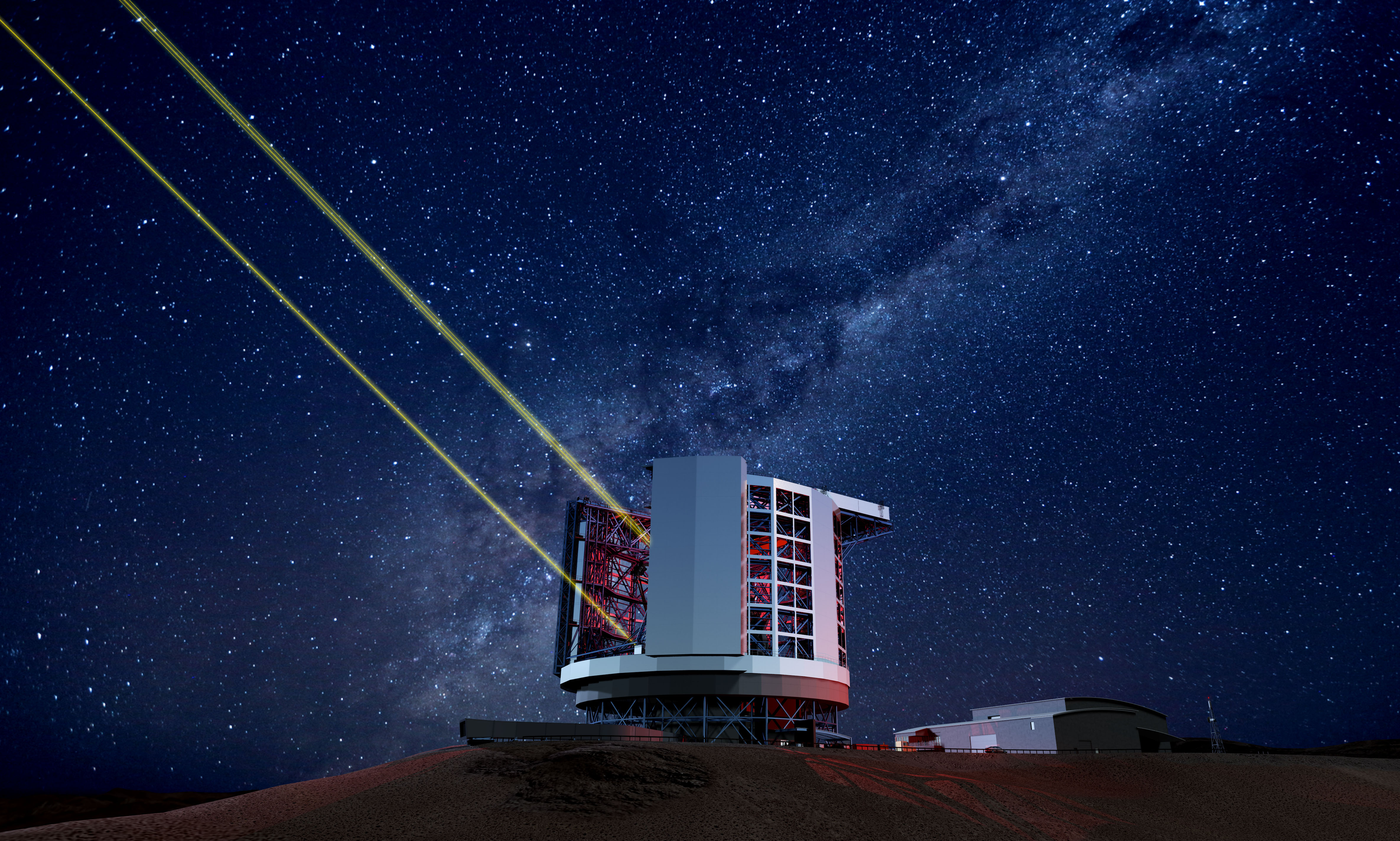
The Giant Magellan Telescope is being built in Chile by a consortium of nations. It should see first light in the early 2020s.
Continue reading

KENNEDY SPACE CENTER, FL - Breaking News - Elon Musk, billionaire founder and CEO of SpaceX, announced today (27 Feb) a daring plan to launch a commercial manned journey to beyond the Moon and back in 2018 flying aboard an advanced crewed Dragon spacecraft paid for by two private astronauts - at a media telecon.
Continue reading

 Universe Today
Universe Today














































